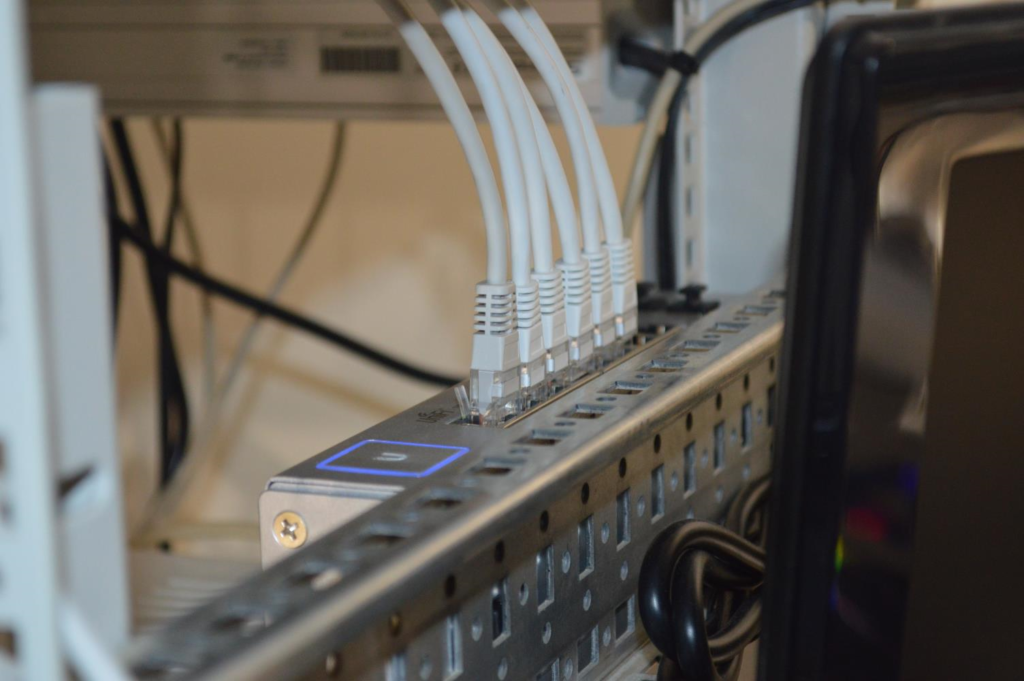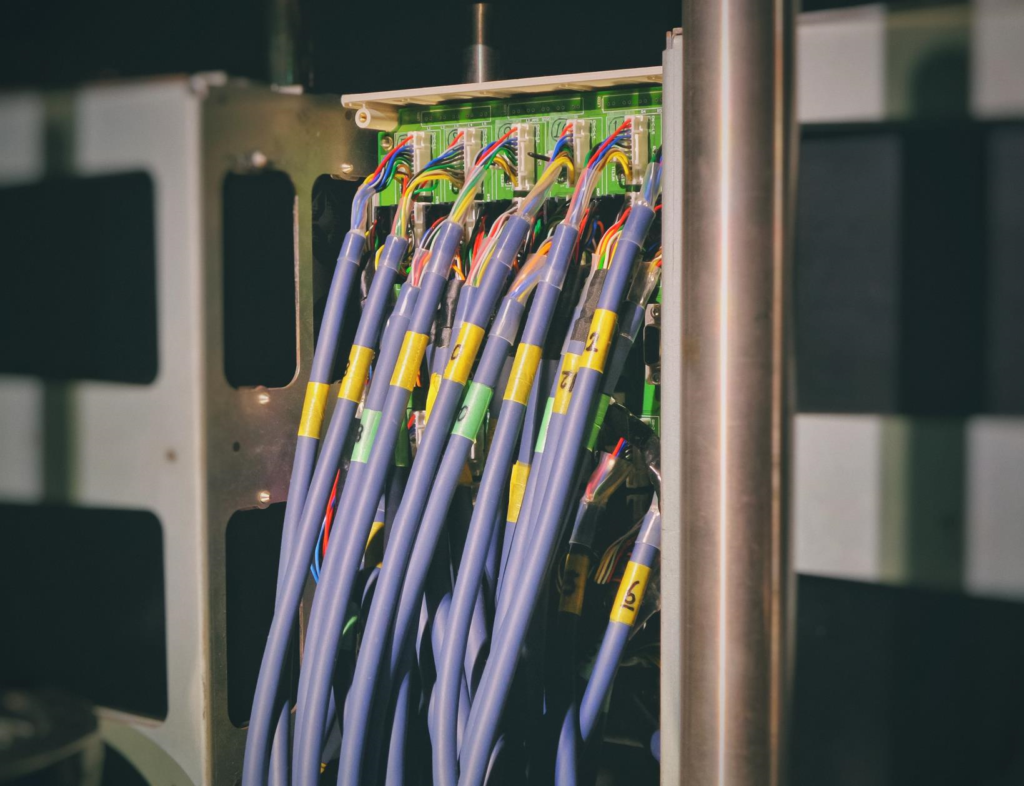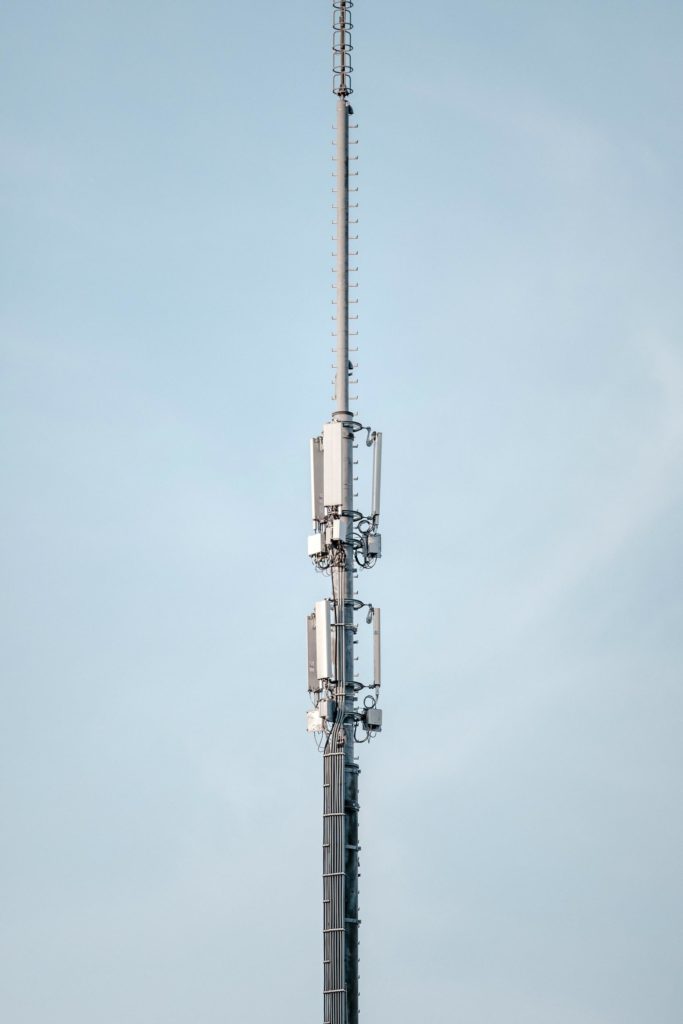Broadband Internet

Broadband internet refers to any speed equal to or above 256 Kbps. It is a transmission technique using a wide range of frequencies that enables messages to be communicated simultaneously. Broadband can provide access to a wide range of resources, services, and products that can enhance your life in a variety of ways. Broadband has become key to the business’s success.
These resources, services, and products include, but are not limited to:
i) Education, Culture, & Entertainment.
ii) Tele-Health & Tele-Medicine.
iii) Economic Development/E-Commerce.
iv) Electronic Government (E-Government).
v) Public Safety and Homeland Security.
vi) Broadband Communications Services.
Leased-line

A leased line is a service contract between a provider and a customer, whereby the provider agrees to deliver a symmetric telecommunications line connecting two or more locations in exchange for a monthly rent(hence the term lease). It is sometimes known as a “Private Circuit” or “Data Line”. Unlike traditional PSTN lines it does not have a telephone number, each side of the line being permanently connected to the other.
Leased lines can be used for telephone, data or Internet services.Typically, leased lines are used by businesses to connect geographically distant offices. Unlike dial-up connections, a leased line is always active. The fee for the connection is a fixed monthly rate. The primary factors affecting the monthly fee are distance between end points and the speed of the circuit. Because the connection does not carry anybody else’s communications, the carrier can assure a given level of quality and security.
An internet leased line is a premium internet connectivity product, that can be delivered over fiber or wireless, which is dedicated and provides uncontended, symmetrical speeds, Full Duplex. It is also known as an ethernet leased line, DIA line, data circuit or private circuit.We can connect you doesn’t matter where you are located in Alibaug.
Structured Network Cabling

Structured cabling is building or campus telecommunications cabling infrastructure that consists of a number of standardized smaller elements (hence structured) called subsystems.Simple term used for structured cabling is Local Area Network or LAN.
Structured cabling design and installation is governed by a set of standards that specify wiring data centers, offices, and apartment buildings for data or voice communications using various kinds of cable, most commonly category 5e (CAT-5e), category 6 (CAT-6), and fibre optic cabling and modular connectors.
These standards define how to lay the cabling in various topologies in order to meet the needs of the customer,typically using a central patch panel (which is normally 19 inch rack-mounted), from where each modular connection can be used as needed. Each outlet is then patched into a network switch (normally also rack-mounted) for network use or into an IP or PBX (private branch exchange) telephone system patch panel.
Point-to-Point Wireless Link

A point-to-point connection refers to a communications connection between two nodes or endpoints.An example is a telephone call, in which one telephone is connected with one other, and what is said by one caller can only be heard by the other.
The term point-to-point telecommunications relates to fixed wireless data communications for Internet or voice over IP via radio frequencies in the multi-gigahertz range. With the help of point-to-point link you can bring two points in LAN(Local Area Network). For e.g. you can bring your home and office in LAN through a wireless link and access office data as well as office internet connection from your home.
